Can you guess the sex yet?
There is currently a seasonal game at the Top Hut between staff and volunteers; who can guess the sex ratio of our juvenile groups most accurately?
Some are proving easy, others not so... Here are a selection of easier ones to get the ball rolling...
What sex is this ring-necked duck?
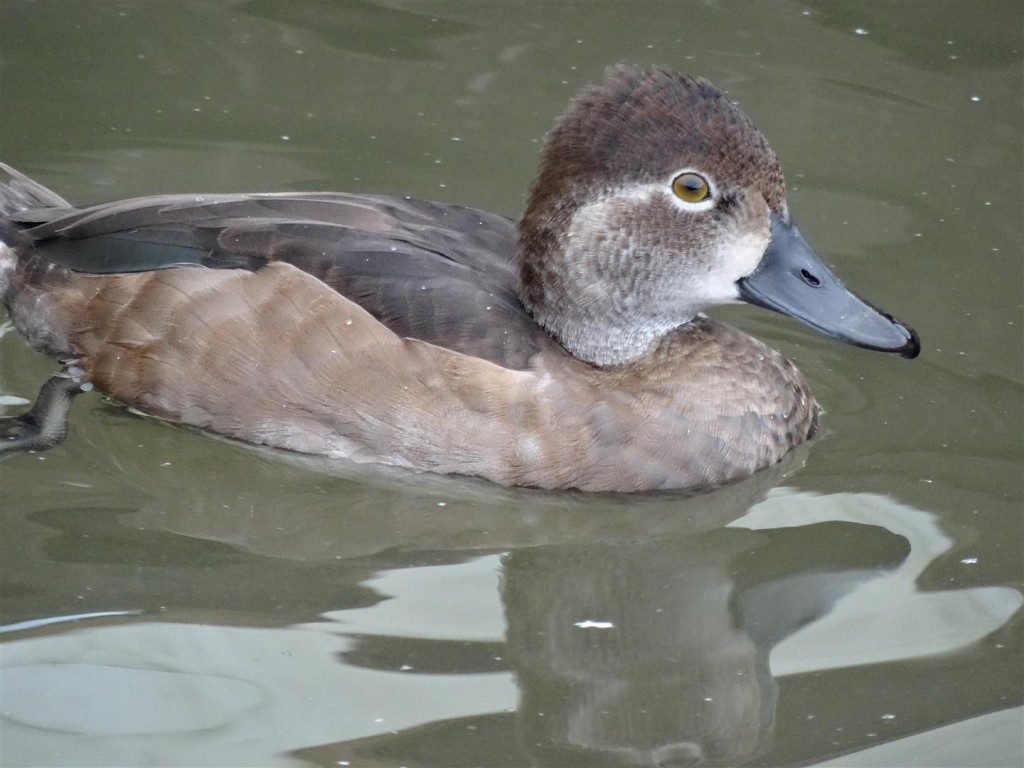
When you see this ring-necked duck, you get your confirmation. Female above, male below.
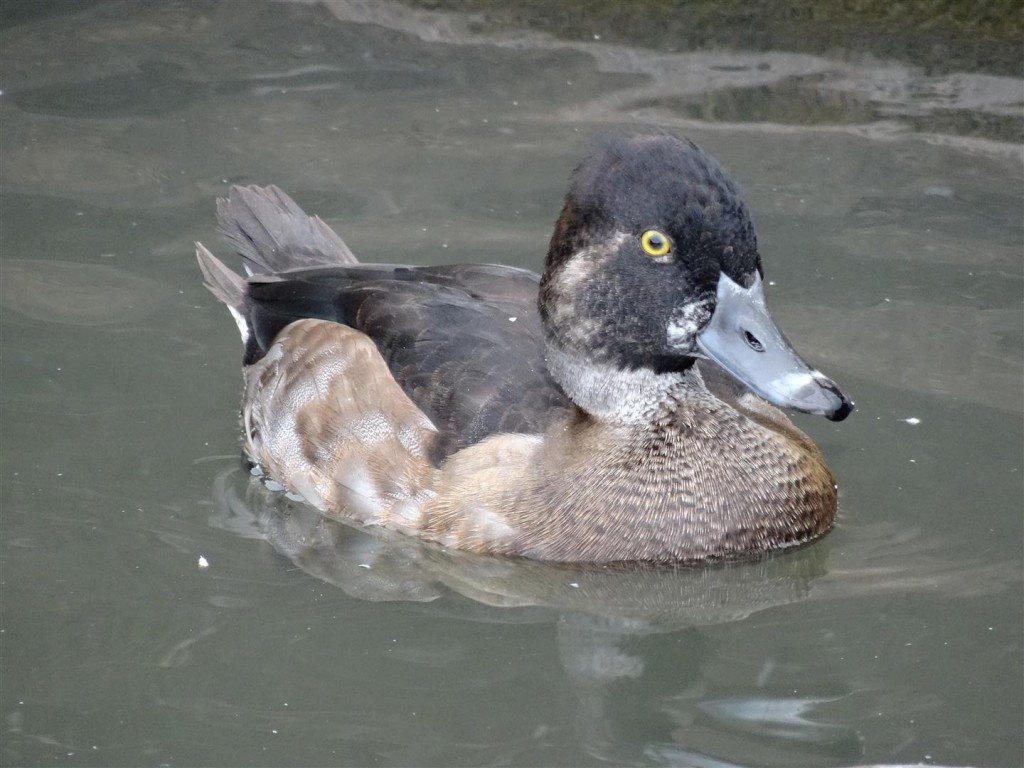
Here's a greater scaup juvenile. These guys can be pretty difficult if you just focus on the head because both males and females exhibit a female white cheek patch at this age. The speckled flanks are giving this bird away though, this will be a young male Greater scaup!
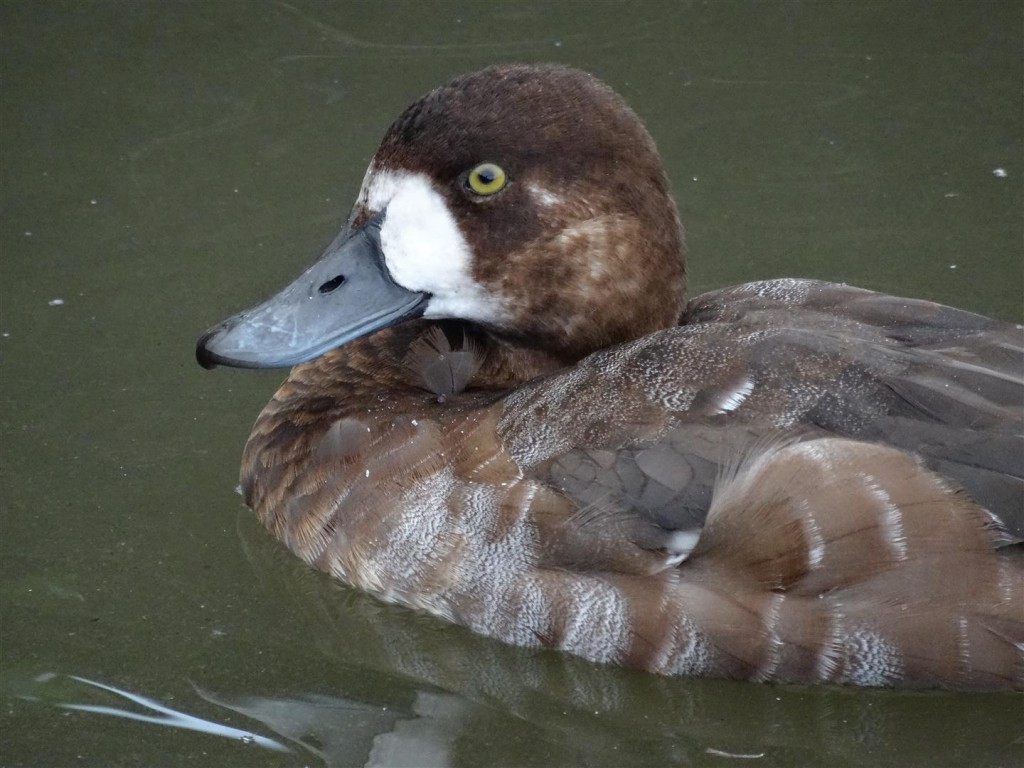
A Canvasback gives away a very tell-tale aesthetic sign and are one of the easiest of the pochardy species types to ID. Any of the Aythyas with a white eye often exhibit speckled white eyes as juveniles, but there is no mistaking the red of the male canvasback. Here's a male!
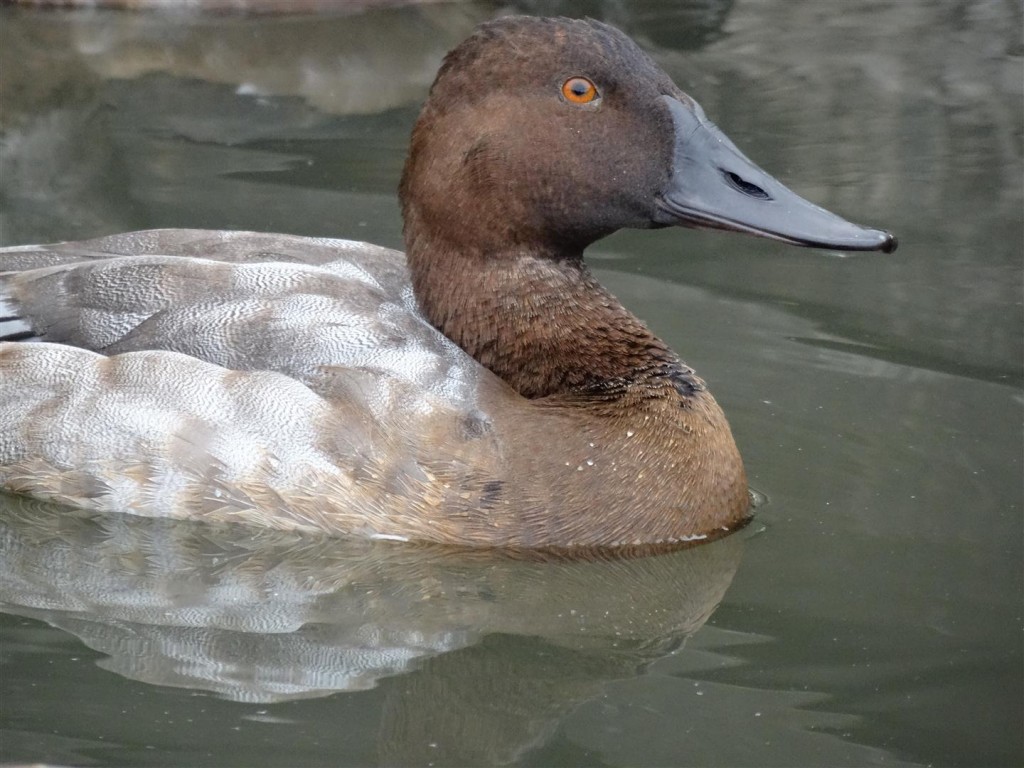
Plus, you can now see how much more soft and buttery the female canvasback is. They both develop a back and rump as white as parchment, but their necks are very unique to their sex.
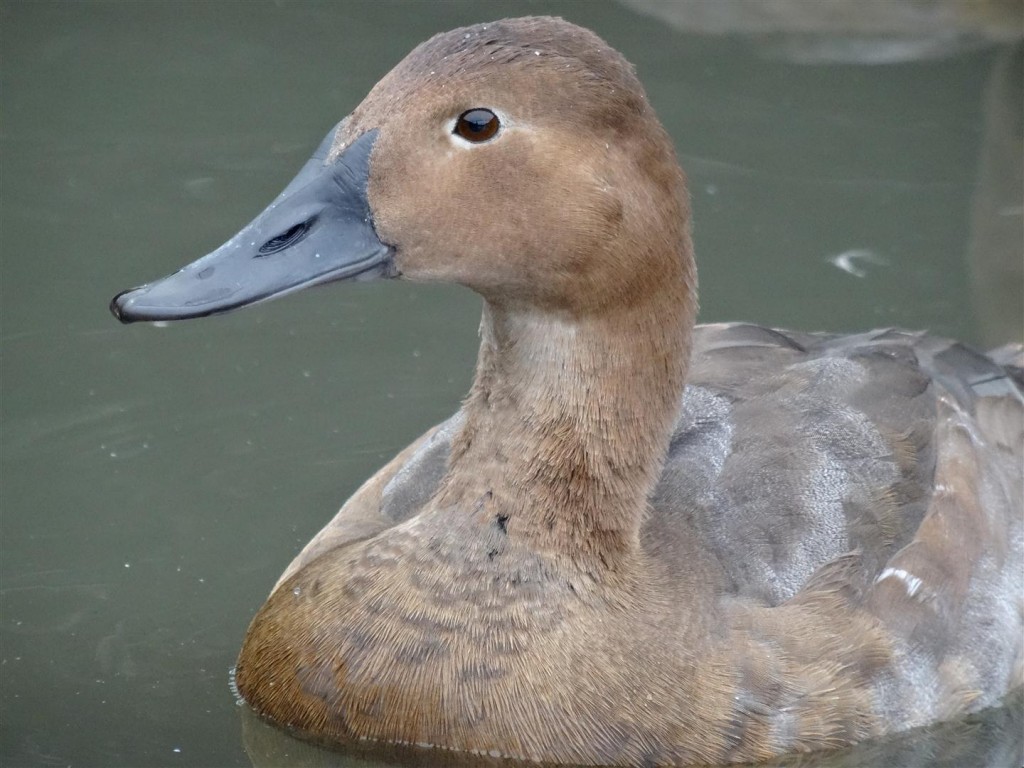
Aah here's a difficult one. A beloved Cape shoveler. Shoveler species are superbly hard to get your eye in on, not just with sex but with species and potential hybrid species. Females are definitely the hardest because at least mature males give away their species and sex with their eyes. Yes indeed, this is a male cape. Red shoveler have baby blue eyes and so are easily separated from their yellow-eyed counterparts. The Australasian have a whacking great white cheek even at a young age and so can also be separated after their dusky grey/blue heads appear. The Euro can always be identified by the presence of white on the breast and flanks, and the fact that they are the most ugly shoveler of them all (sorry guys but it's true...) And so by default, below is our male Cape, defined by a yellow eye, and distinct lack of anything else going on (bless.)
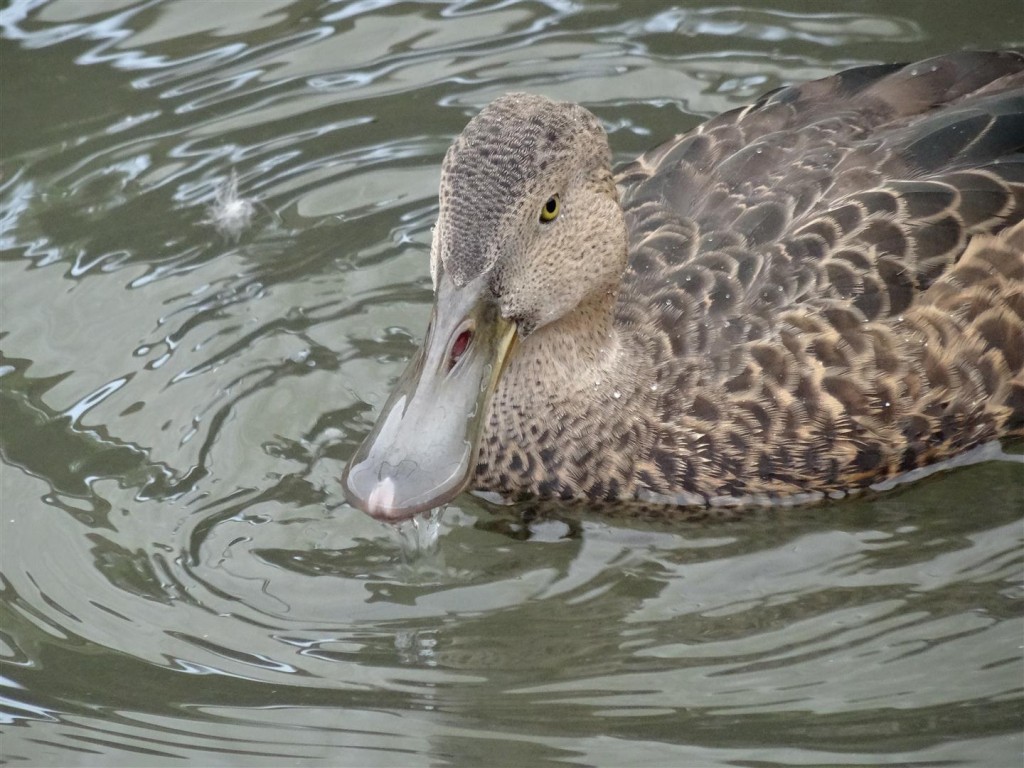
Here's his female lil sis. Now, female shovelers are HARD. We're talking feather shape, feather colour, beak length, llamelae length, foot colour and beak patterning. It's so difficult, especially if all you have to go on are other birds that might not be quite right... As a rough rule, female reds are lighter and plainer than all other shovelers and so like the males can be side-lined. Female euros have a hint of yellow to the bill, female Aussies have a dirty and dark quality to their feathers and splotch marks on their bills. The female cape has rounded feather tips and of a warm brown, and some green splotching on the beak (although the Euro often has this too...) But anyway, she's a girl and we'll enjoy watching her grow!
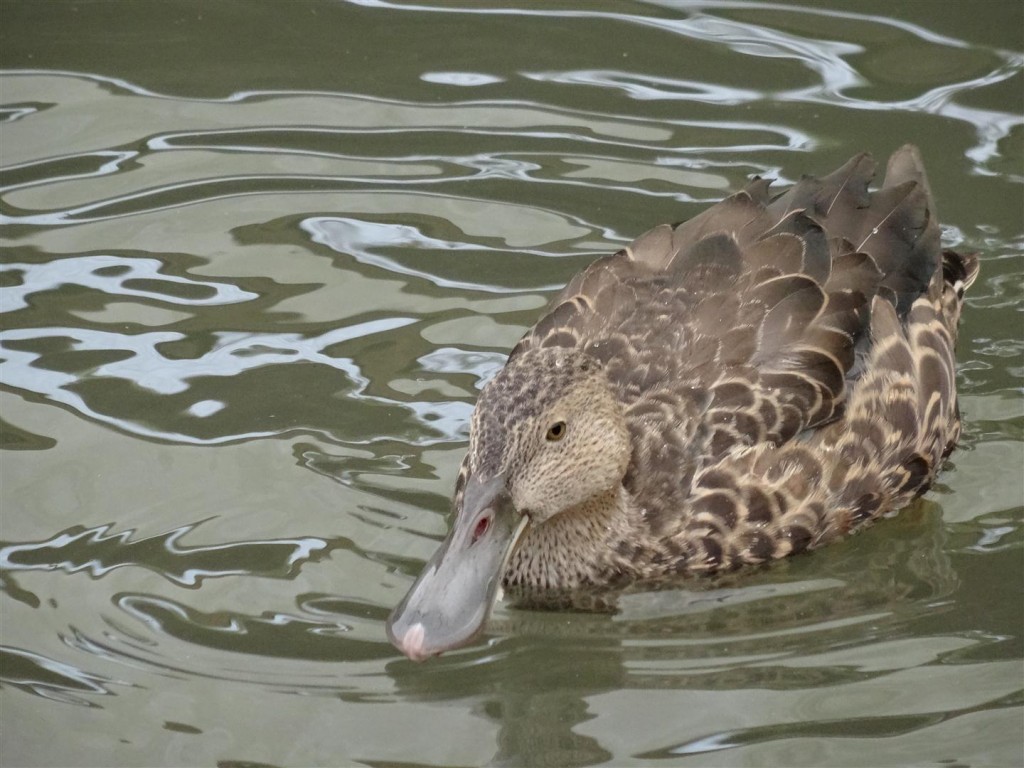
Maybe we'll have another round sometime soon...

